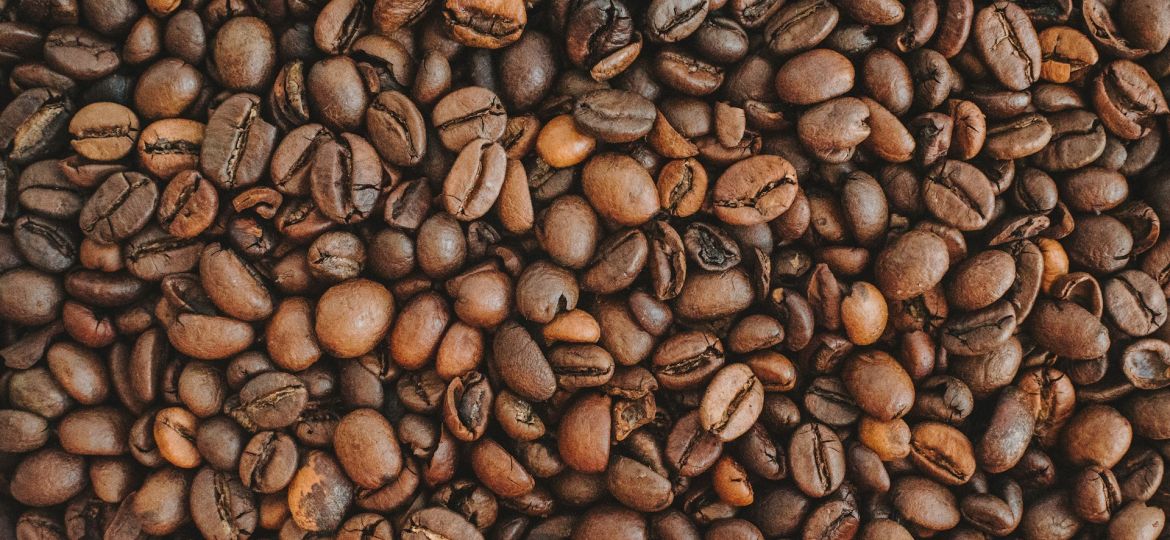
Espresso beans are the heart of every espresso shot, defining its body, aroma, and flavor. They are not a specific variety of bean but rather any coffee bean that has been roasted and ground with the intention of being used to make espresso. The right bean can transform a simple coffee into a memorable espresso experience, making the selection process crucial for baristas and coffee aficionados alike.
The Art of Selecting Espresso Beans
Selecting the best espresso beans involves understanding the nuances of bean type, roast level, and origin. Arabica beans are favored for their smooth, complex flavor profiles, while Robusta beans are appreciated for their strong, robust taste and crema production.
Roast level significantly affects the espresso’s taste; darker roasts are bolder and more bitter, whereas lighter roasts retain the bean’s original flavors. The origin of the bean also plays a critical role, with single-origin beans offering unique, distinctive tastes that reflect their geographical roots.
Top Espresso Bean Brands Reviewed
Cafe Don Pablo Gourmet Coffee Classic Italian Espresso
Cafe Don Pablo’s Classic Italian Espresso is renowned for its smooth, full-bodied flavor, thanks to a blend of Colombian Supremo and Sumatra Mandheling beans. This medium-dark roast is GMO-free and low-acid, making it ideal for coffee lovers with sensitive stomachs. It’s versatile enough for various brewing methods, from drip to cold brew.
Lavazza Super Crema Medium Espresso Roast
Lavazza’s Super Crema Espresso stands out for its exceptional crema and balanced flavor. This blend features a higher ratio of Robusta to Arabica beans, resulting in a pronounced crema and a rich, earthy profile. It’s perfect for those who enjoy a classic Italian espresso with notes of hazelnut and brown sugar.
Koffee Kult Dark Roast
Koffee Kult’s Dark Roast is celebrated for its clean, rich flavor profile without the bitterness typically associated with darker roasts. This brand has garnered a dedicated following for its smooth espresso that works wonderfully both as a straight shot and in milk-based drinks.
Coffee Bros. Espresso Roast
The Espresso Roast from Coffee Bros. is designed to highlight the natural sugars and sweetness of Arabica beans. Sourced from Ethiopia and Colombia, this blend offers tasting notes of strawberry, sugar cane, and vanilla, providing a vibrant and smooth espresso experience.
Blueprint Coffee Penrose Blend
Blueprint Coffee’s Penrose Blend is noted for its nutty sweetness and adaptable profile, making it an excellent choice for espresso lovers year-round. The seasonal variation of this blend ensures a fresh and dynamic flavor profile that adapts to the changing availability of beans.
Cuvee Coffee Karmadillo Dark Blend
Cuvee Coffee’s Karmadillo Dark Blend is a favorite for those who love a chocolatey sweetness in their espresso. With its deep flavor and notable crema, this blend is a go-to for both traditional espresso drinks and more adventurous concoctions.
Deep Dive into Espresso Bean Selection
Understanding Roast Profiles
The roast profile of coffee beans plays a pivotal role in defining the flavor of espresso. Light roasts retain the bean’s original characteristics, offering a more acidic and fruity flavor profile. Medium roasts provide a balanced flavor, acidity, and aroma, making them a popular choice for espresso, as they capture the bean’s inherent qualities while introducing a slight sweetness.
Dark roasts, on the other hand, are known for their bold, bitter flavors and reduced acidity, emphasizing the roast itself over the original taste of the bean. The choice of roast level can transform the espresso experience, from bright and tangy to rich and robust.
The Role of Bean Origin
The geographical origin of espresso beans significantly influences their taste profile. Beans from Latin America often yield a clean, sweet cup with a hint of nutty or chocolaty notes. African beans, particularly from Ethiopia and Kenya, are renowned for their floral, fruity, and sometimes winey flavors, offering a more aromatic espresso.
Asian beans, especially those from Sumatra, provide a full-bodied espresso with earthy and woody notes. The origin of the bean can introduce a world of flavors to espresso, from subtle sweetness to deep, complex notes.
Blends vs. Single-Origin
When choosing espresso beans, one must consider the merits of blends versus single-origin beans. Blends are crafted to achieve a balanced, consistent flavor profile, combining beans from various origins to enhance complexity and ensure a stable taste experience year-round.
They are ideal for those seeking reliability in their espresso. Single-origin beans, by contrast, offer a unique, unblended taste that reflects the specific region’s climate, soil, and cultivation methods. They provide a distinct, often seasonal flavor profile, appealing to those looking to explore the nuanced tastes of espresso. The choice between blends and single-origin beans depends on personal preference for consistency or the desire to experience the diverse flavors coffee has to offer.
FAQs
What is the difference between Arabica and Robusta beans?
Arabica beans are known for their smooth, complex flavor profiles, often with higher acidity and lower caffeine content. They are typically grown at higher elevations, which contributes to their nuanced flavors.
Robusta, on the other hand, offers a stronger, more robust taste with a higher caffeine content and lower acidity. Robusta beans are often characterized by their bitter and earthy flavors, making them less popular as a single-origin espresso but valued in blends for the crema and body they provide.
How significant is the roast date?
The roast date on coffee beans is crucial for freshness. Ideally, espresso beans should be used within a month of their roast date to ensure the best flavor. After roasting, coffee beans release gases, including carbon dioxide, for about two weeks in a process known as degassing.
Using beans too soon after roasting can result in under-extracted coffee due to excessive gases. Allowing the beans to rest for at least a few days to two weeks after roasting ensures optimal flavor extraction.
How should espresso beans be stored for freshness?
To maintain freshness, espresso beans should be stored in an airtight container at room temperature, away from direct sunlight, heat, and moisture. Avoid storing beans in the fridge or freezer, as temperature fluctuations can cause condensation, affecting the beans’ flavor and aroma. An opaque, airtight container is ideal for preserving the beans’ quality by preventing exposure to air and light.
Conclusion
Selecting the best coffee espresso beans is a blend of art and science, involving considerations of bean type, roast level, origin, and freshness. Whether you prefer the smoothness of Arabica, the strength of Robusta, or the balance of a carefully crafted blend, the key is to experiment and find what best suits your palate.
Remember the importance of using beans close to their roast date and storing them properly to maintain their peak flavor. Explore, taste, and enjoy the journey to finding your perfect espresso.









